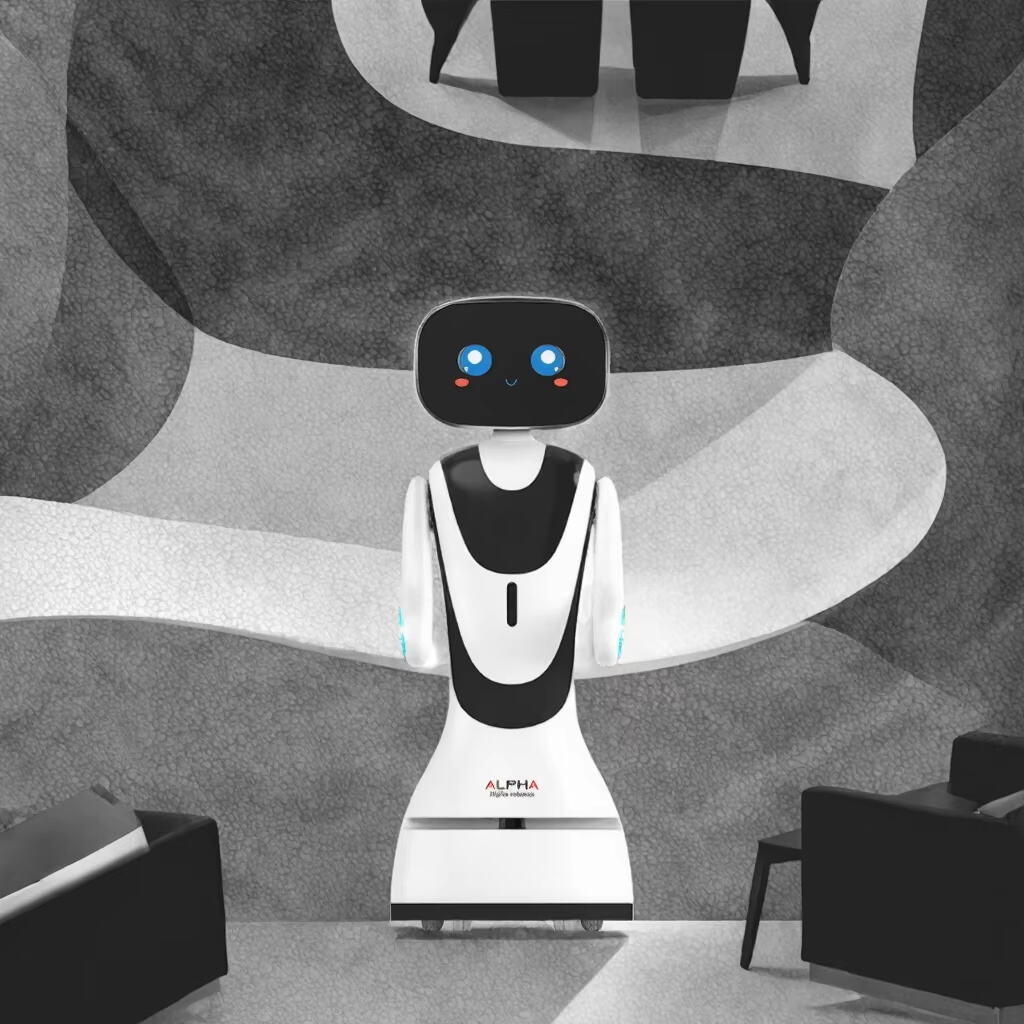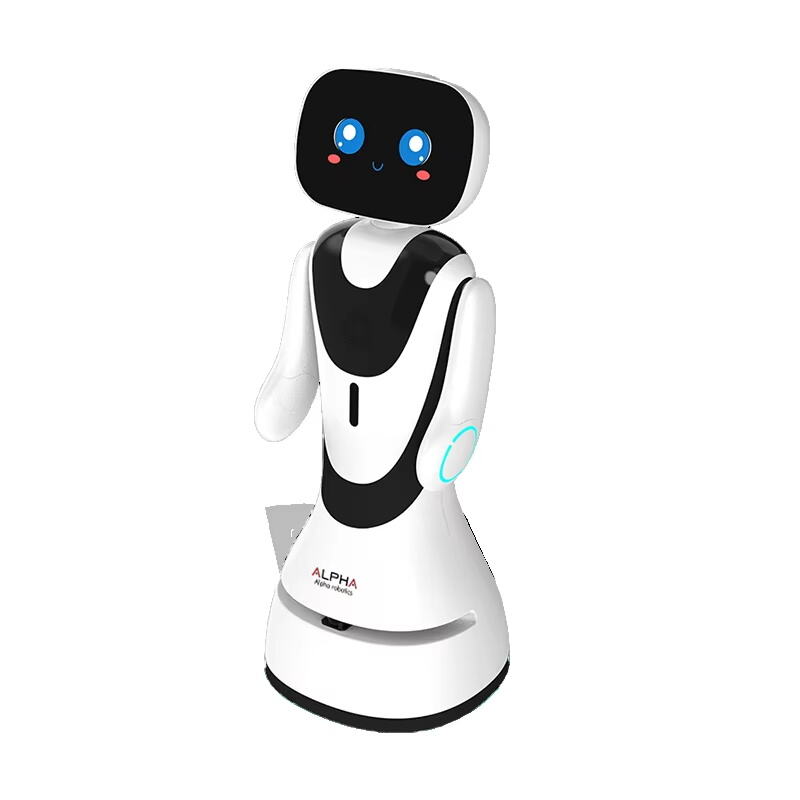The Evolution of Security Technology in the Digital Age
In an era where security threats continue to evolve and become more sophisticated, face recognition bots have emerged as a groundbreaking solution that transforms how we approach safety and surveillance. These intelligent systems represent a quantum leap from traditional security measures, combining artificial intelligence with advanced imaging technology to create an unprecedented level of protection for both public and private spaces.
The integration of face recognition bots into modern security frameworks marks a pivotal shift from reactive to proactive threat prevention. These sophisticated systems work tirelessly around the clock, processing thousands of facial features per second and comparing them against extensive databases with remarkable accuracy. The technology has matured significantly over the past decade, moving from experimental prototypes to robust, reliable security solutions deployed across various sectors.
Core Components of Face Recognition Bot Systems
Advanced Neural Networks and Deep Learning
At the heart of face recognition bots lies a complex network of artificial neural networks that mimic human cognitive processes. These systems utilize deep learning algorithms to continuously improve their accuracy and adapt to new challenges. The neural networks process facial features through multiple layers of analysis, examining everything from basic geometric patterns to subtle nuances in expression and lighting conditions.
The deep learning capabilities enable face recognition bots to achieve unprecedented accuracy rates, often surpassing human ability to recognize faces in challenging conditions. These systems can maintain consistent performance even when dealing with partial facial occlusion, varying angles, or poor lighting conditions – scenarios that typically challenge traditional security measures.
Real-time Processing and Response Mechanisms
Modern face recognition bots operate with remarkable speed, analyzing and processing facial data in real-time. This instantaneous processing capability allows for immediate threat detection and response, crucial in high-security environments where every second counts. The systems can simultaneously track multiple individuals across different camera feeds, maintaining consistent identification accuracy while managing large crowds or high-traffic areas.
The response mechanisms are equally sophisticated, automatically triggering appropriate security protocols when suspicious activities are detected. These may include alerting security personnel, logging incidents, or initiating lockdown procedures, all without human intervention.

Implementation Across Various Sectors
Corporate Security Applications
In the corporate world, face recognition bots have revolutionized access control and employee monitoring. These systems provide seamless entry for authorized personnel while maintaining an impenetrable barrier against unauthorized access. The technology eliminates the need for physical access cards or remembering complex passwords, reducing both security risks and administrative overhead.
Beyond basic access control, face recognition bots in corporate settings also help track attendance, monitor restricted areas, and ensure compliance with security protocols. The systems can detect tailgating attempts and unauthorized access patterns, providing valuable insights for security management.
Public Space Security Enhancement
Face recognition bots have become instrumental in securing public spaces such as airports, train stations, and shopping centers. These systems can identify known security threats in real-time, allowing security personnel to intervene before incidents occur. The technology has proven particularly effective in crowded environments where traditional surveillance methods struggle to maintain effectiveness.
The implementation in public spaces extends beyond security to include crowd management and flow optimization. Face recognition bots can analyze movement patterns and identify bottlenecks, helping facility managers improve space utilization and emergency response planning.
Privacy and Ethical Considerations
Data Protection Protocols
The deployment of face recognition bots necessitates robust data protection measures to ensure individual privacy rights are respected. Modern systems incorporate advanced encryption protocols and secure storage solutions to protect sensitive biometric data. Regular audits and compliance checks ensure adherence to privacy regulations and industry standards.
Organizations implementing face recognition bots must establish clear policies regarding data retention, access controls, and usage limitations. These policies should align with global privacy standards while maintaining the system's security effectiveness.
Transparent Implementation Guidelines
Successful deployment of face recognition bots requires clear communication with stakeholders about how the technology is used. Organizations must establish transparent guidelines regarding the scope of surveillance, data collection practices, and individual rights. This transparency helps build trust and acceptance while ensuring ethical implementation of the technology.
Regular updates and communication about system improvements, security measures, and privacy protections help maintain stakeholder confidence and support for the technology.
Future Developments and Trends
Integration with Emerging Technologies
The future of face recognition bots lies in their integration with other emerging technologies. Artificial intelligence advancements continue to enhance recognition accuracy and processing speed, while integration with blockchain technology promises improved security and transparency in data management. These developments will further expand the capabilities and applications of face recognition systems.
The convergence with Internet of Things (IoT) devices and smart city infrastructure will create more comprehensive security networks, capable of providing seamless protection across interconnected spaces and systems.
Enhanced Capabilities and Features
Upcoming developments in face recognition bot technology include improved emotion recognition, behavior analysis, and predictive security features. These advancements will enable systems to not only identify individuals but also assess potential security threats based on behavioral patterns and contextual analysis.
The integration of advanced analytics will provide deeper insights into security patterns and trends, enabling more proactive and efficient security management strategies.
Frequently Asked Questions
How accurate are face recognition bots in identifying individuals?
Modern face recognition bots achieve accuracy rates exceeding 99% under optimal conditions. The technology continues to improve through advanced machine learning algorithms and better hardware capabilities. However, performance can vary depending on environmental factors such as lighting conditions and angle of capture.
What measures protect against spoofing or false identification?
Face recognition bots incorporate multiple anti-spoofing technologies, including liveness detection, depth sensing, and pattern analysis. These features can distinguish between real faces and photographs or masks, ensuring system security. Regular updates to these protection measures help counter emerging spoofing techniques.
How do face recognition bots handle data privacy concerns?
Face recognition bot systems employ robust encryption, secure storage protocols, and strict access controls to protect personal data. Organizations must comply with relevant privacy regulations and implement clear data handling policies. Regular audits and updates ensure continued protection of sensitive information while maintaining system effectiveness.

